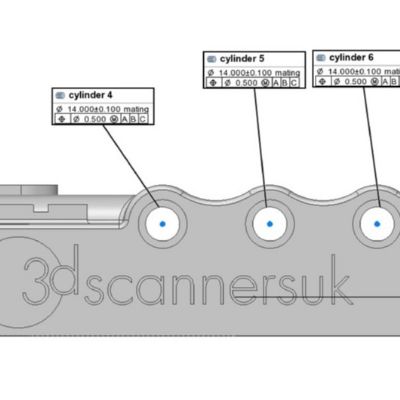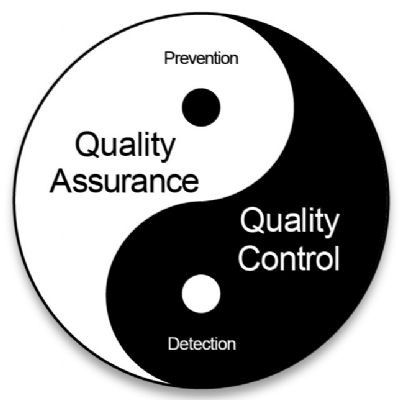Things That Bother Me—Part Two
December 1, 2008Comments
Over many years in this field, I have kept a log of Things That Bother Me. The log contains statements about metalforming made by seminar speakers and classroom attendees, sentences in technical papers, and comments made in magazine articles or ads that make no sense, are completely wrong, or show a lack of understanding by their creator. Last month’s column contained a number of items from the log. This month’s column continues with more items.
Identifying the Material
• “We know all about the coil properties. The mill sent us the certs for our coil.”
• “We have the heat number of the coil that does not work. The mill should be able to tell us what is wrong with our coil.”
The heat number is helpful in troubleshooting sheetmetal problems. However, 100- and 350-ton heats will generate approximately 20 and 70 coils weighing 10,000 lb. each, respectively. Any of these coils may have different final properties because each coil could receive different processing. One must keep track of the coil number all the to the part.
Placing Blame
• “This coil is bad. It does not make good parts.”
User responds: “My die makes perfectly good parts using steel from other suppliers.” The finger-pointing continues with much wasted time and no problem resolution. The fundamental problem is not good or bad material but a mismatch between the material supplied (numerically defined mill-property capability) and the needs of the part design/die/press combination (numerically defined engineering window). A supplier and user team focused on matching mill capability and the engineering window is much more effective and in the end results in buy-in by both sides.
Defining Lubrication
• “Some companies form cold-rolled steel dry without any lubrication.”
Unless your steel has a gritty red surface called rust, its surface has a rust-preventive liquid or some other process to isolate the iron from oxygen. The rust preventive solution, often called mill oil, also acts as a lubricant. Using a laboratory-standard tool and sheetmetal, the mill oil has a measureable coefficient of friction. Many mills can replace the mill oil with a lower-coefficient-of-friction lubricant to obtain better results for more difficult forming while maintaining rust prevention.








